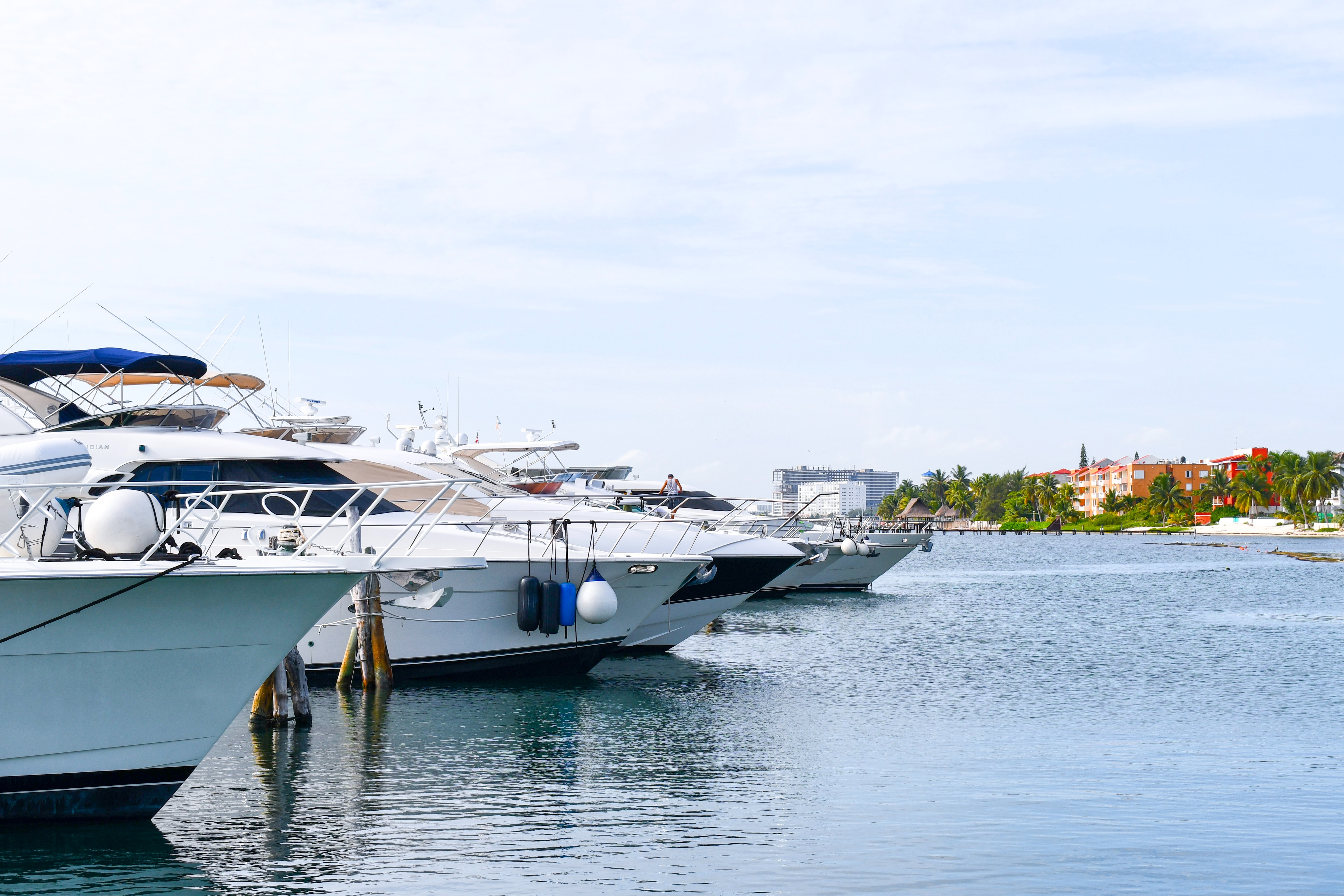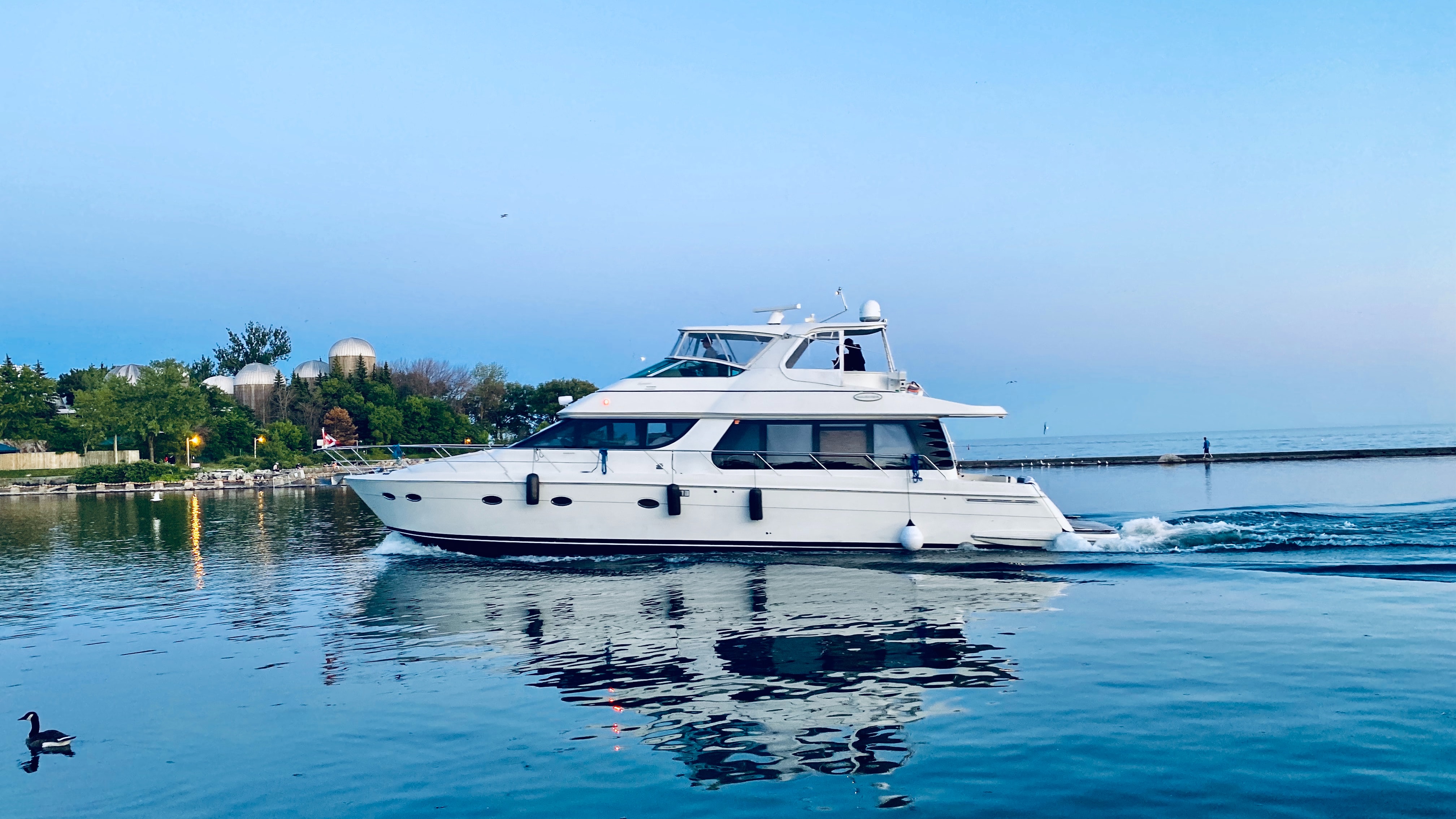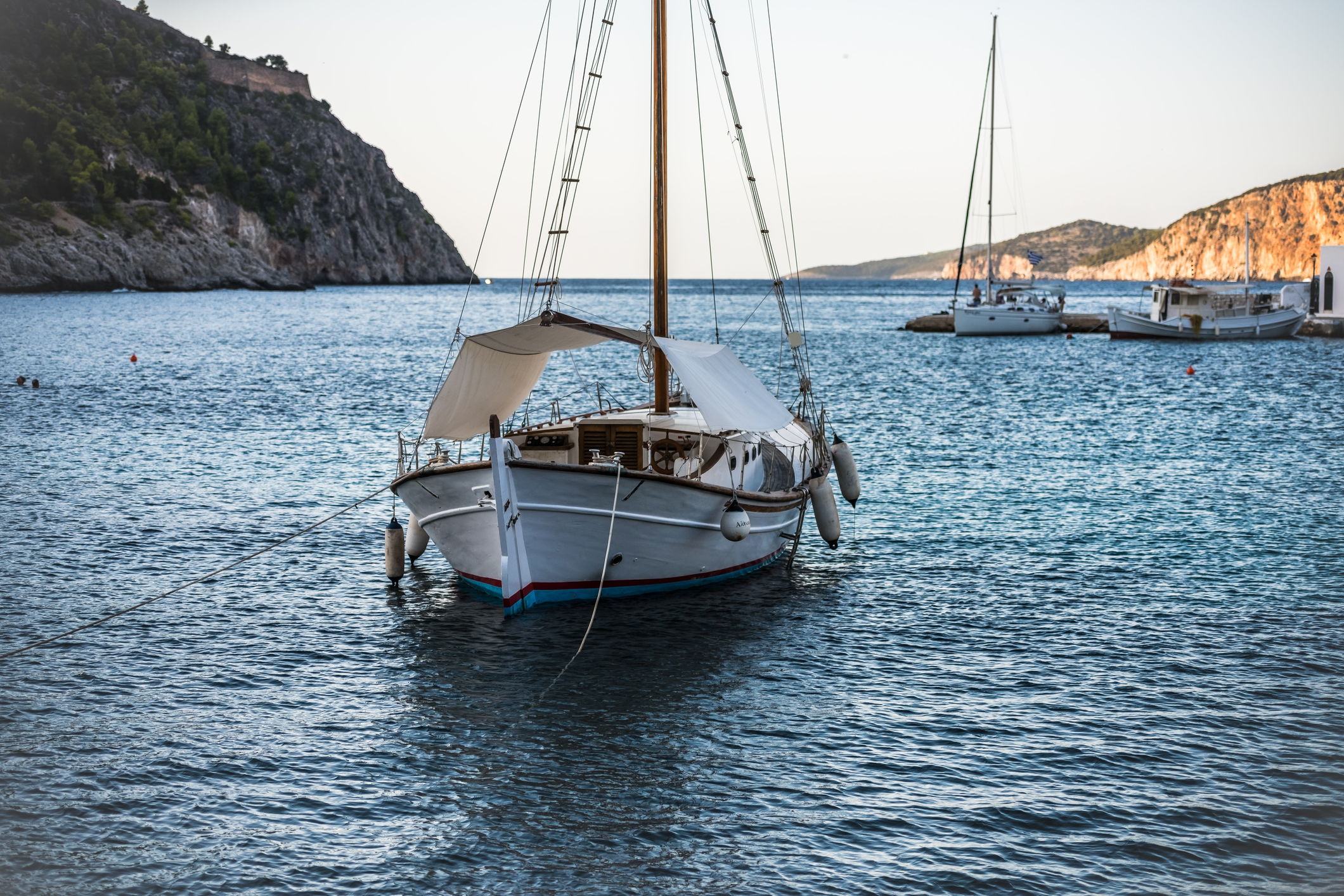A fender at the fleet is a device that mitigates blows and protects the sides of the vessel from damage when approaching a berth, board another ship or staying with them. Traditionally, they were made from scraps of logs braided in several layers with ropes, sandbags and other suitable materials. Today, inflatable fenders made of reinforced rubber in the form of a cylinder of cylindrical or spherical shape, or the same cylinders of foamed polyvinyl chloride, are widely used.
Yacht mooring is a certain art, which is not so easy for beginners. Inadequate mooring or unsuccessful departure from the pier can cause damage to the vessel of varying severity, ranging from peeled paint to serious dents on the sides. However, a moored yacht can also receive similar damage, for example, when hitting a pier and neighbouring vessels during a strong excitement. Light fenders are now used on yachts, boats and other small boats, which can be lowered overboard and lifted without the help of winches and hoists - side or mounted fenders. They got their name because of the installation method: during mooring, such fenders are hung along the side of the yacht on chains or cables.

Features of the choice and recommendations:
The fenders choice for yachts is not governed by the provisions of the marine rules. Usually, they are selected according to the design features of the boat and mooring conditions. A vessel in unprotected places, for example, in a bay or other places with a strong chop or tidal wave, will require more protection than a vessel docked in a calm lake. We recommend that you always take fenders with a margin in size because a larger diameter is the best way to provide protection. You can find general recommendations for selection in the table *:
|
Recommended fender sizes depending on boat length |
||||||||
|
Boat length |
6 meters |
8 meters |
10 meters |
12 meters |
14 meters |
15 meters |
16 meters |
18 meters |
|
Fender diameter, cm |
12,5 cm |
16 cm |
20,8 cm |
25 cm |
29 cm |
30 cm |
35 cm |
40-45 cm |
|
Fender length, cm |
40 cm |
50 cm |
60 cm |
62 cm |
85 cm |
110 cm |
110 cm |
140 cm |

|
Recommended fender buoy-type sizes depending on boat length |
|||||||
|
Boat length |
5 meters |
7 meters |
9 meters |
14 meters |
16 meters |
18 meters |
Over 18 meters |
|
Fender size, cm |
31 x 39 |
40 x 51 |
48 x 62 |
59 x 73 |
75 x 94 |
93 x 119 |
110 x 142 |
* The tables show the average fenders sizes. Please note that the fenders sizes may vary from different manufacturers!
- Fenders should be located along the side at a distance of not more than 2.5 m from each other, but not less than 3 on each side. The optimal quantity for an average yacht is 8 pieces.
- You can independently calculate the required fender diameter using the following formula. 2.5 cm fender diameter for every 1.2 m of the length of the yacht. So, for a boat 10 meters long, it will be 10: 1.2 x 2.5 = 20.8 cm.
- Inflatable fenders can be inflated with a conventional automobile pump or compressor. However, it should be born in mind that when heated in the sun, the air expands, and the pressure in the chamber increases significantly. This is especially true for cameras painted in dark colours. Do not over pump the fender!
- Always hang the fender so that its lower end barely touches the water. Any low-lying strong construction is suitable for fastening on a ship; pylons and mooring ducks are ideally suited. This will prevent the fenders from swinging too wide and risk flying out of the gap between the pier and the side. Do not suspend the fender on the cables of the guard rail, as it will load them too much, especially in conditions of increased waves.

- It is best to foresee and install special brackets or hooks on the sides or walls of the superstructure, this will simplify and speed up the hanging / removing fenders, as well as evenly place them on board.
- It is recommended to use the “eight” knot or the “cow” knot for fastening the fender ends, they knit in a few seconds and at the same time are quite reliable. Modern factory-made fenders are equipped with two loops from different ends, due to which they can be installed both in the vertical position (for one loop) and in the horizontal (for two-loop).
- Before choosing fenders, provide a place to store them. The most optimal inflatable options, especially if you have a small yacht. In this case, after going to sea, you can simply blow air out of them and put them in the locker. Or you can store the fenders in special baskets, mounted on the rails or the wall of the cabin, folding mounts and staples on which the removed fenders are fixed with the ends are also suitable.
- Immediately after departure from the marine fenders should be removed. Unfinished fenders may indicate a low "marine culture" of the team in general and the skipper in particular. Moreover, fenders dangling along the sides of the yacht, in addition to external aesthetics, significantly degrade speed qualities due to violation of streamlining of side contours. However, in some cases, the movement of a yacht with dropped fenders is even recommended. For example, when passing through difficult places - narrow channels, locks, as well as when manoeuvring in marinas.